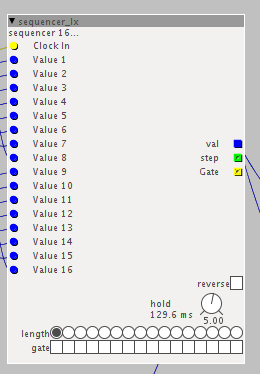This is my experience too... it is actually very important for all kind of patches, but as you say when you start out usually you can 'get by'.
I did discuss this with @johannes the other day, its something where unfortunately there is a 'big step up', and where 'debugging' the patch can actually be pretty difficult at times (e.g. polyphonic patches).
its possible to imagine better debugging tools, but they are all pretty complex to implement... but perhaps one day.
also perhaps we can one day better visualise the chain, reaktor has a mode where it temporarily numbers the execution order, its not great but its something.
also perhaps enforced ordering might be another help, like 'trigger' in pd/max and 'order' in Reaktor
one thing Ive found, quite often I've introduced errors by trying to make my patches look nice,
the biggest culprit is centring objects in the vertical axis. you need to keep the title bars of the object aligned, otherwise you will significantly change the ordering.
the other thing I've been using more, is send objects, these allow you to keep things a bit tidier, whilst enforcing an ordering
anyway, an area that can be improved on , but probably few short-term wins/solutions...
Im sure @johannes has some ideas, and I will at some point mull over it for a bit.




